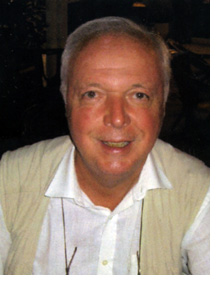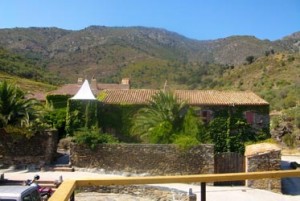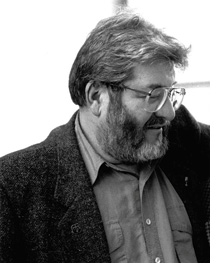HUH, ORGANIC!
NOËMIE DE SAVANNE
 I long had a prejudice against organic wine, suspecting its makers too often prioritised pristine growing conditions over quality. Since a recent visit of an organic vineyard in Germany, I now see many organic innovations are sensible, even logical practices that deserve praise, not knee-jerk suspicion.
I long had a prejudice against organic wine, suspecting its makers too often prioritised pristine growing conditions over quality. Since a recent visit of an organic vineyard in Germany, I now see many organic innovations are sensible, even logical practices that deserve praise, not knee-jerk suspicion.
If you’re wary of pumping yourself full of additives along with your alcohol, the main points for possible contamination in winemaking are these. To keep down parasites and promote growth, artificial fertilizers and pesticides are used ubiquitously in viticulture.
As vines flourish better in slightly less fertile soils, fertiliser is not necessarily used in vast quantities, but pesticide spraying is kept up regularly until the month before harvest. Various substances are used, notably Bordeaux mixture — a blend of copper sulphate and hydrated lime, which can damage fish and livestock if it spreads to surrounding areas.
Once grapes are picked, they are usually sprinkled with sulphites, which work as antioxidants that prevent decay before reaching the winery. These are also added during winemaking to improve ageing potential. While sulphites have been used for centuries, they may adversely affect asthmatics and cause breathing difficulties in a small number of people. (Personally, I find they make me sneeze when sniffing a glass of wine.) (suite…)

 Six jours dans la province de Girona sur les traces de Salvador Dali en dégustant quelques vins de l’appellation
Six jours dans la province de Girona sur les traces de Salvador Dali en dégustant quelques vins de l’appellation  Sur la commune de Selva de Mar, vignobles de 16 ha exposés au nord sur le bas des montagnes du Cap Creus (schiste). Nuria Dalmau et Diego Soto exploitent depuis vingt ans ce domaine qui produit 45 000 b. Après une période bio, ils travaillent maintenant en biodynamie, la seule exploitation en biodynamie que nous ayons visitée.
Sur la commune de Selva de Mar, vignobles de 16 ha exposés au nord sur le bas des montagnes du Cap Creus (schiste). Nuria Dalmau et Diego Soto exploitent depuis vingt ans ce domaine qui produit 45 000 b. Après une période bio, ils travaillent maintenant en biodynamie, la seule exploitation en biodynamie que nous ayons visitée. The Time and Date: Friday, March 13, 2009 2:30pm to 6:30pm
The Time and Date: Friday, March 13, 2009 2:30pm to 6:30pm